Place Name of the Week - All about burning
Published: 06 November 2020
This week as our minds turn to bonfires, I consider some of the many place-names that relate to burning. Old Norse brenna and brandr, a burning, burnt off piece of land, gives brunna, brenna, brenda or brenya place-names. These are places where patches of heathery moorland were set on fire to clear for grazing and encourage new growth.
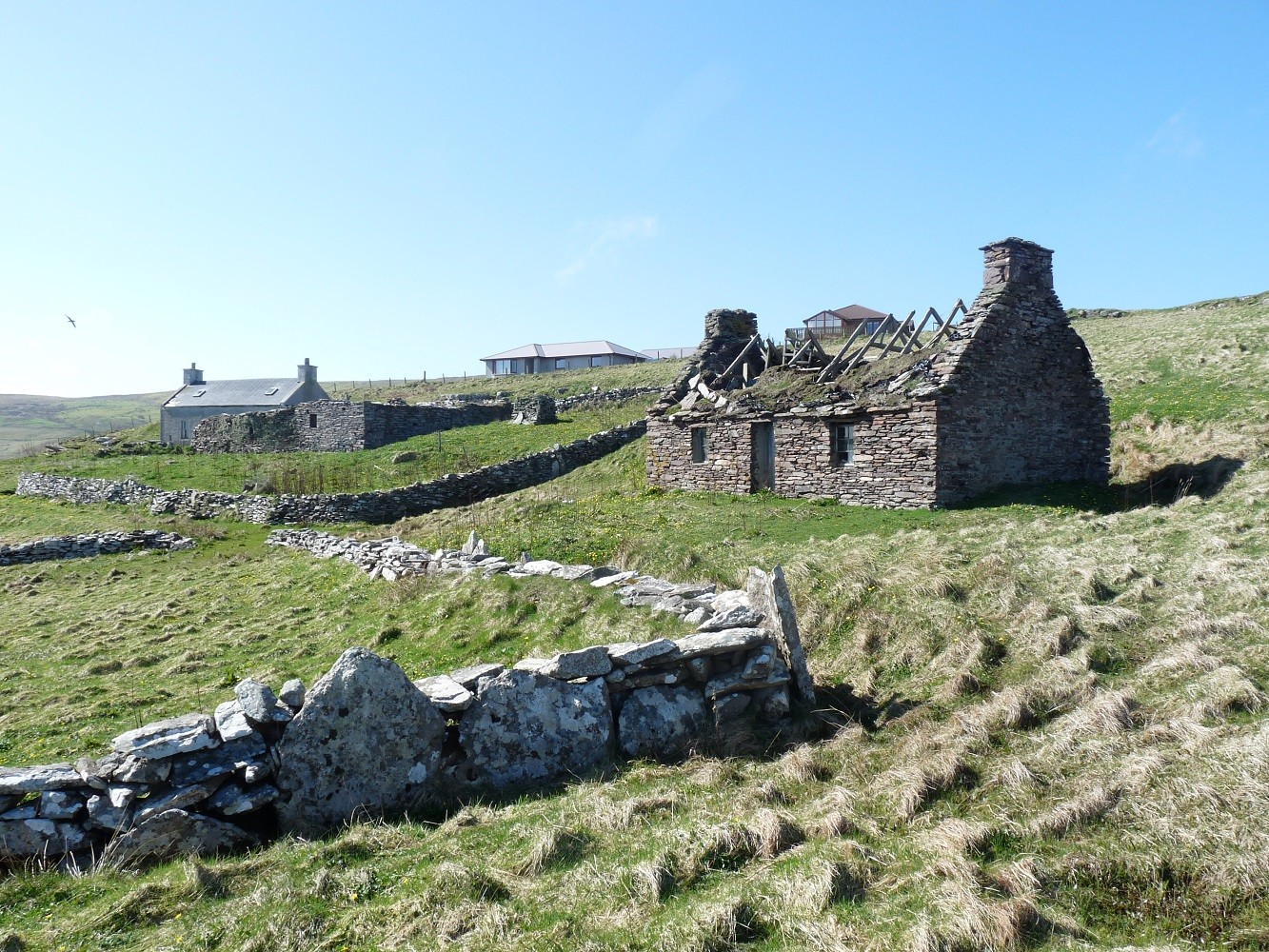
In Scotland this is called muirburn. An Act of Parliament in 1424 banned muirburn from the end of March until all the corn was shorn. Fines were issued for burning during ‘forbidden times’ or causing damage to valuable woodland. In 1693 an Abernethy man was ordered to be ‘lugged (by the ears) to the gallows of the moor of Bellintomb for burning heather that caused wood damage in the process’.
There is evidence for moorland clearing in Shetland from as early as 7500BC. Burning and over grazing probably led to the reduction of native woodland and increase in peat and heather in the Bronze Age, c1800BC. The practise mostly died out in the 20th century with the introduction of commercial farming, but occasionally used to improve grazing today.
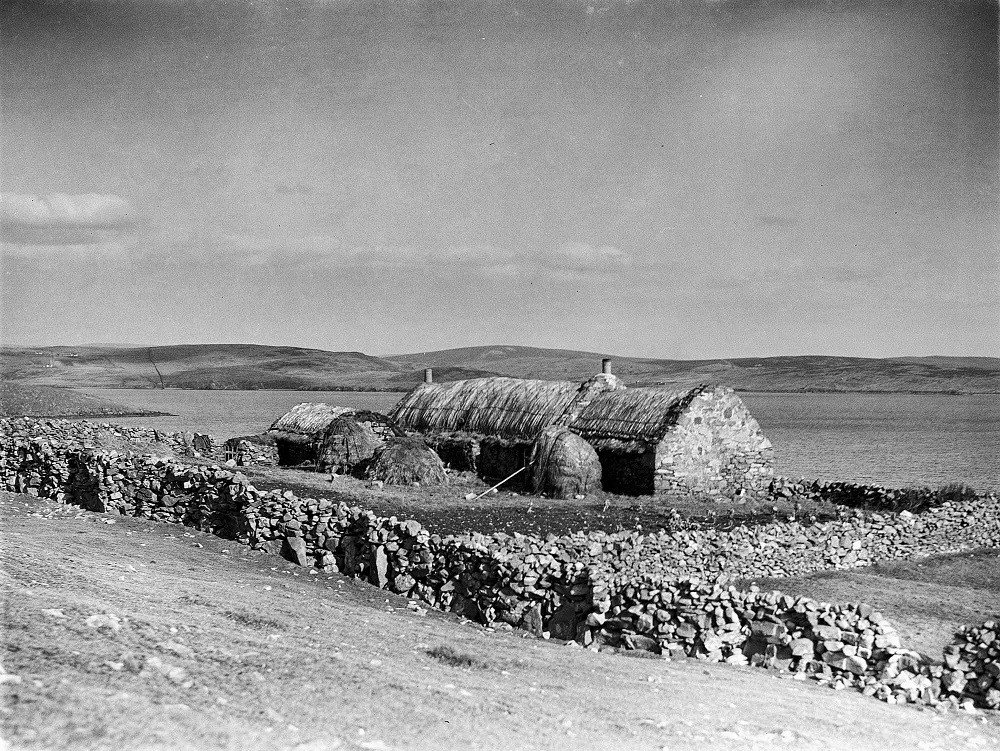
Place-names include Brindister in Aithsting and Gulberwick; Brenya, Fladdabister; Brunthamarsland, Tingwall, Bruntland, Waas, Bressay and Ireland, Brandiwater in Northmavine; Brunthill in Yell, North Roe and Waas; Brunt Brae, Fair Isle; Houlanbrinda in Norwick; and Brunt Knowes at Muness, Unst and several in Nesting. Near to Brunt Mills at Brindister, Aithsting there is Bruntmills Bight, and Vatna Brenda, a burnt loch; like Brandiwater this may point to the burning off of nearby vegetation.
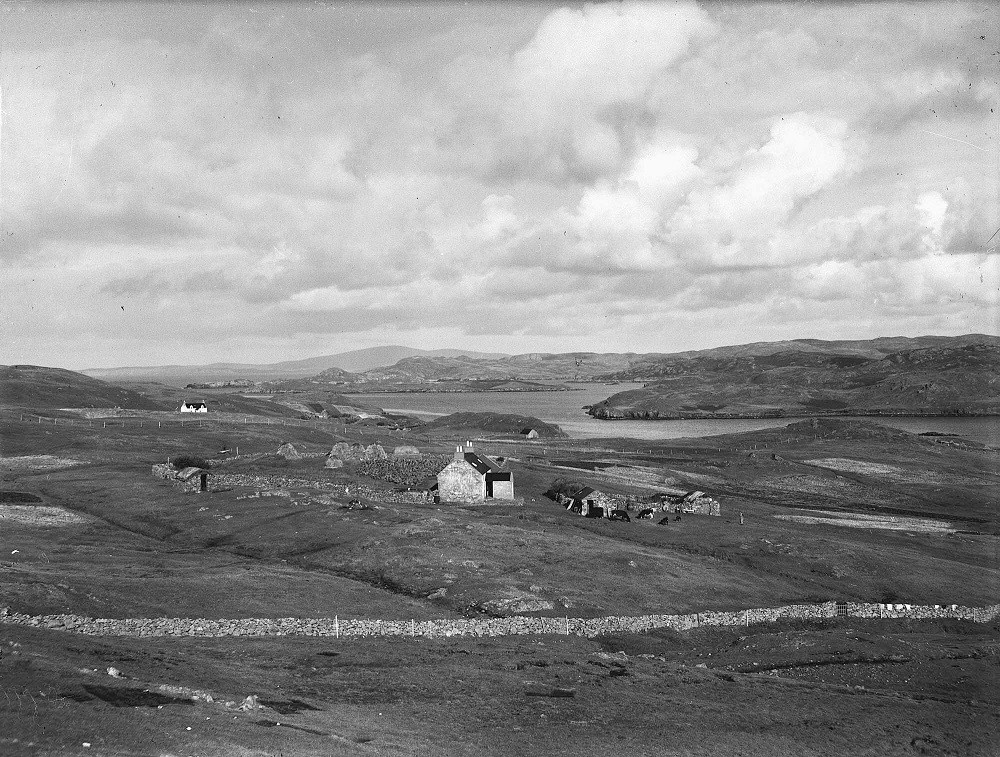
(JD Rattar, Shetland Museum & Archives R01501)
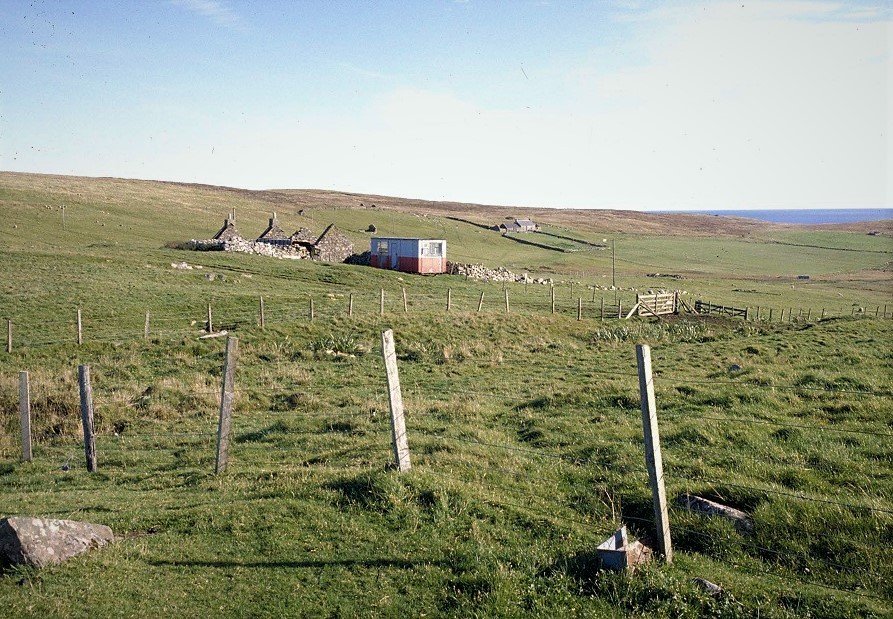
(Shetland Museum & Archives SL01292)
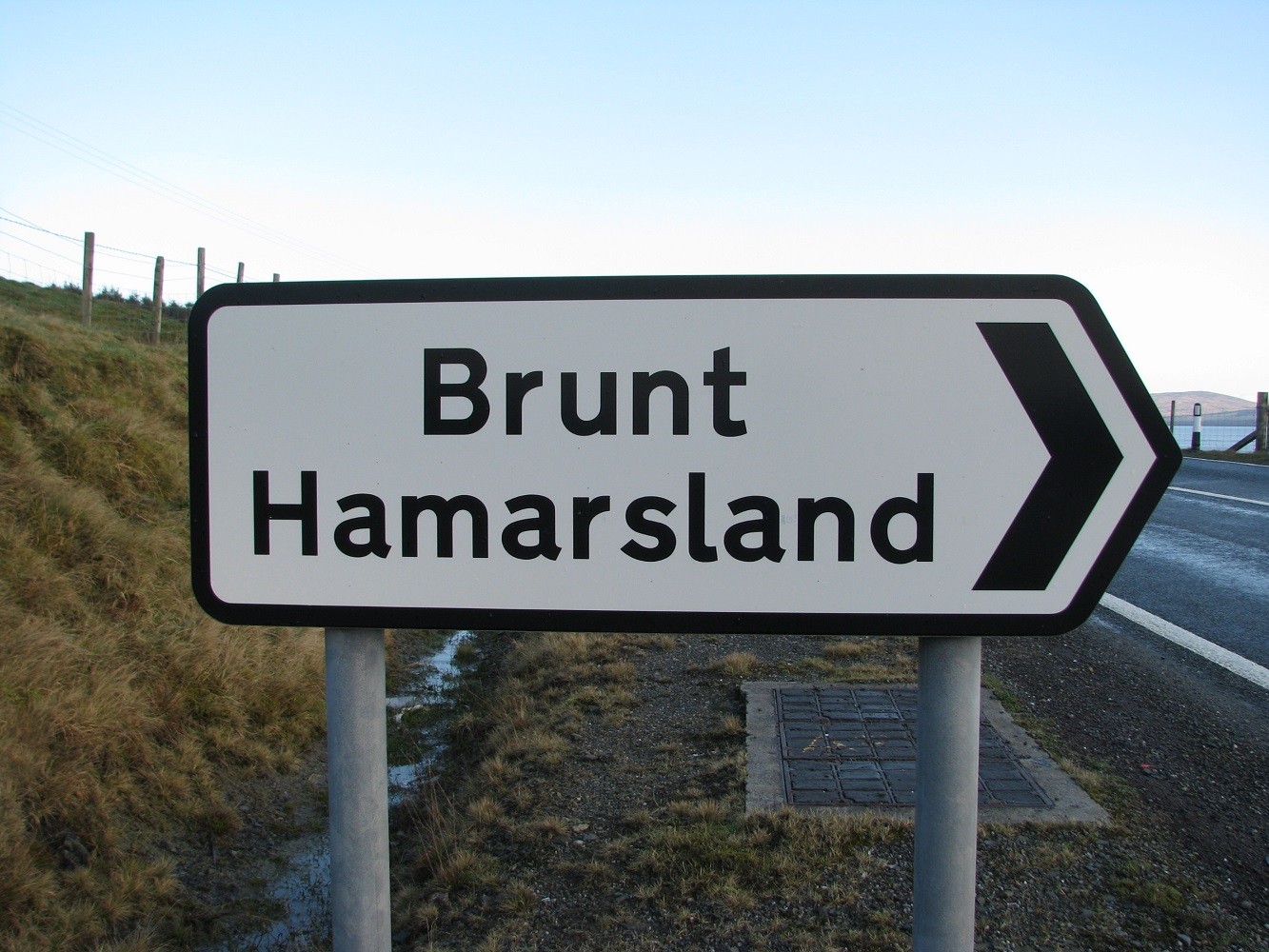
Burning names from sviðningr (burnt woodland, heather) include Sweening, Lunnasting and Sweenie, Northmavine; whilst Skuen Brenda, Quarff, comes from skógr (forest, grove). Similar names occur in Orkney. The Knowe of Brenda is located near Skogar in Birsay. Hugh Marwick relates a tale of a nearby woodland dense enough to shelter robbers. Three old women, who had often been victims of the thieves, decided to take matters into their own hands and set fire to the wood. They got rid of the robbers, but the township also lost its grove.
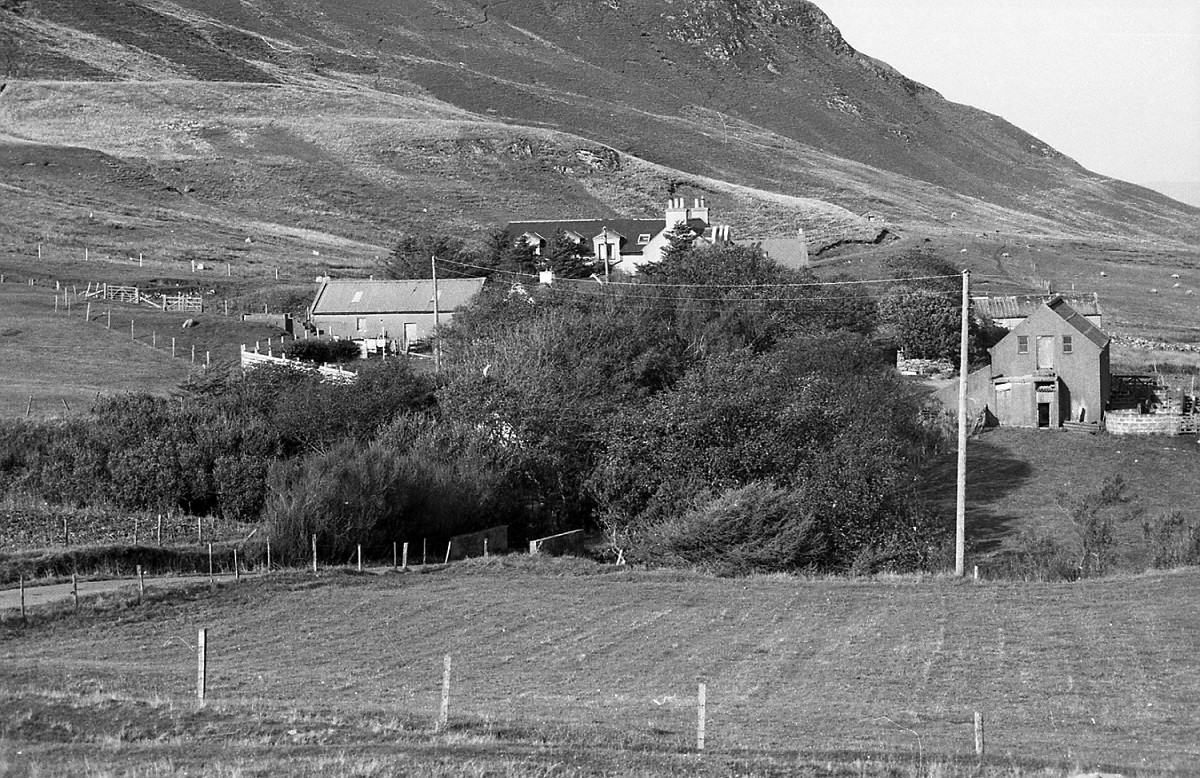
Some names point to fires of a different kind. Burnt mounds are piles of shattered stone that have been heated and then dropped into tanks of water. These Bronze Age sites may have been used for cooking, bathing, brewing, textile production or hide working and examples are found at both Brindisters, Brunatwatt in Waas and Brunaness, Burra.
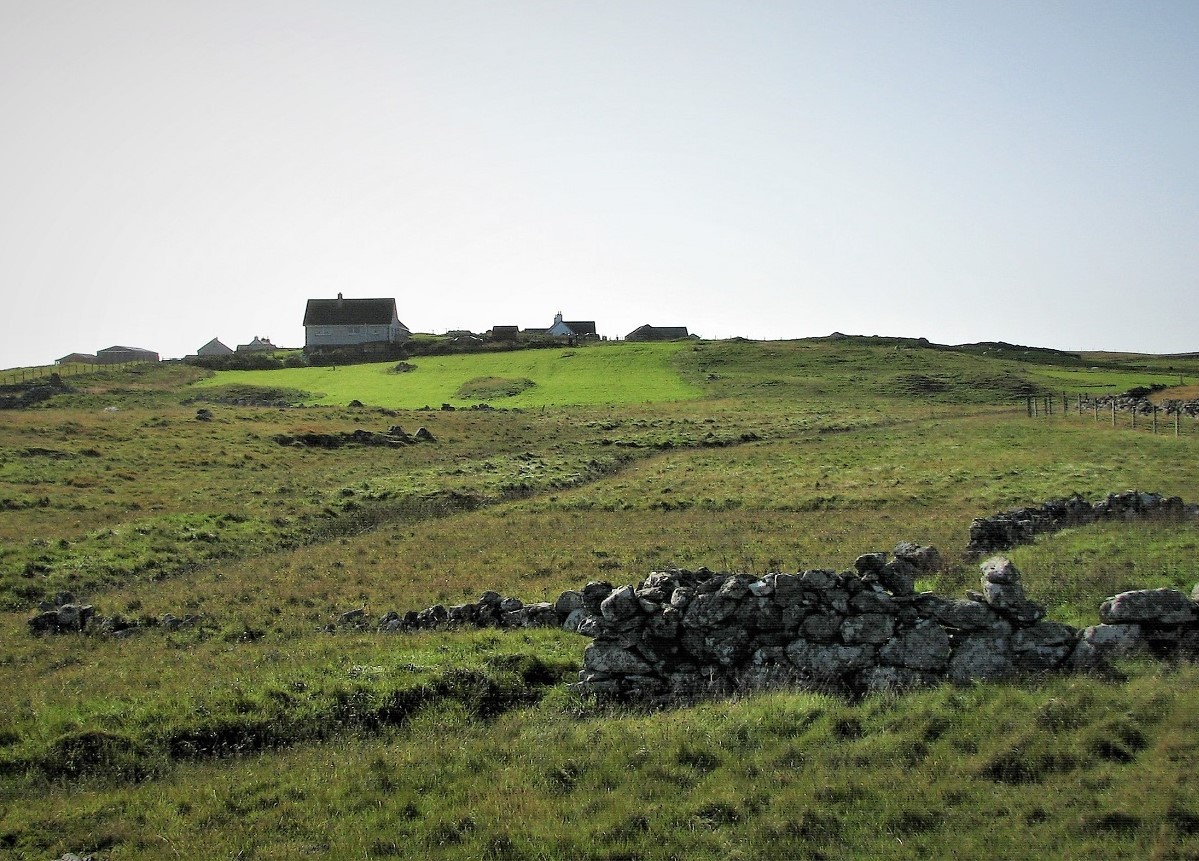
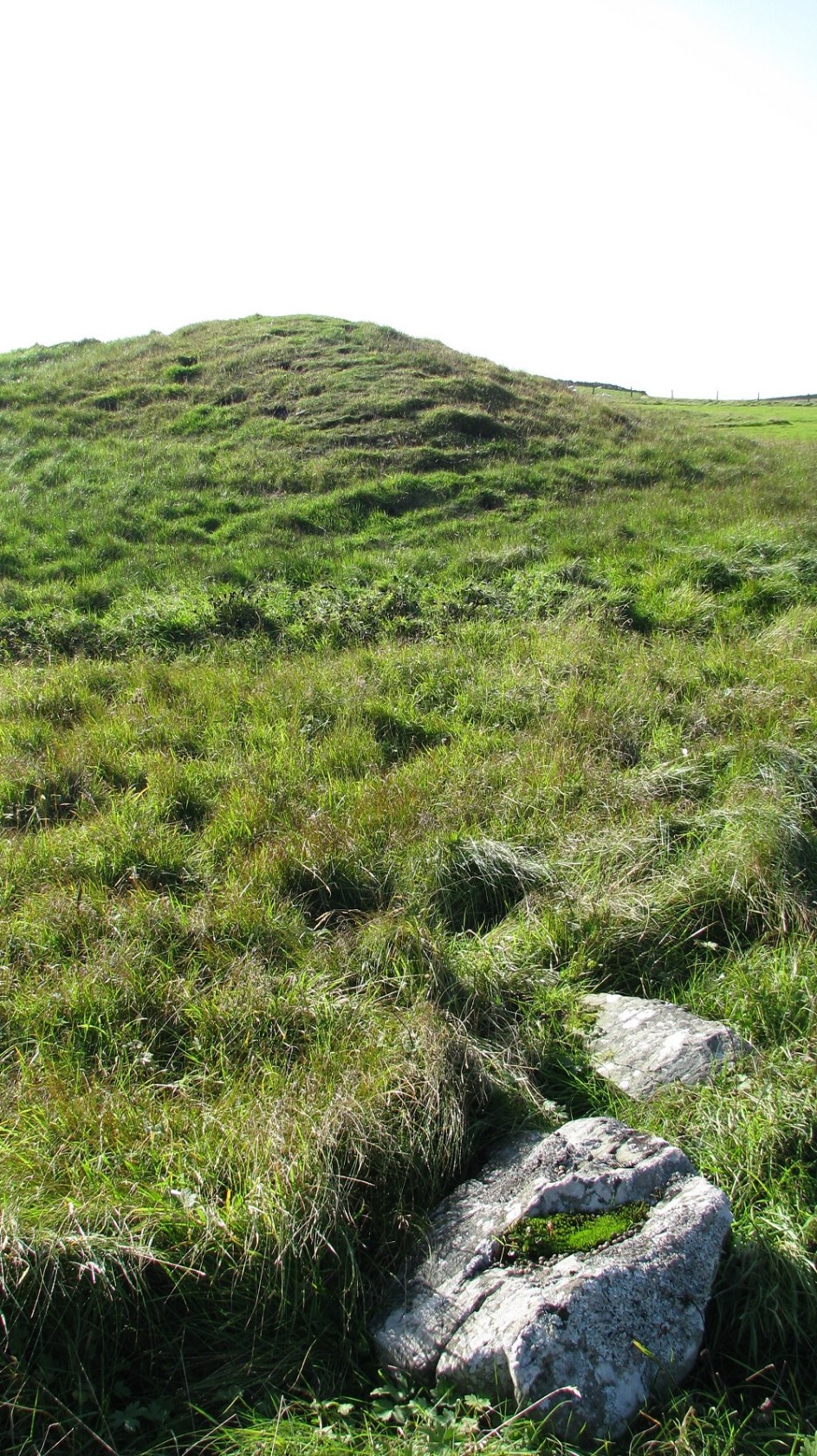
Not all brunna or brandi names relate to acts of burning; some may come from the personal name Brandi, or brunnr, a spring, well, or place where cattle drink, so a study of the landscape is needed to work out the meaning. If you know of any names relating to burning or can tell us more about the practises they refer to, please email placenames@shetlandamenity.org
Eileen Brooke-Freeman, Shetland Place Names Expert
We hope you have enjoyed this blog.  We rely on the generous support of our funders and supporters to continue our work on behalf of Shetland. Everything we do is about caring for Shetland's outstanding natural and cultural heritage on behalf of the community and for future generations. Donations are welcomed and are essential to our work.
We rely on the generous support of our funders and supporters to continue our work on behalf of Shetland. Everything we do is about caring for Shetland's outstanding natural and cultural heritage on behalf of the community and for future generations. Donations are welcomed and are essential to our work.

